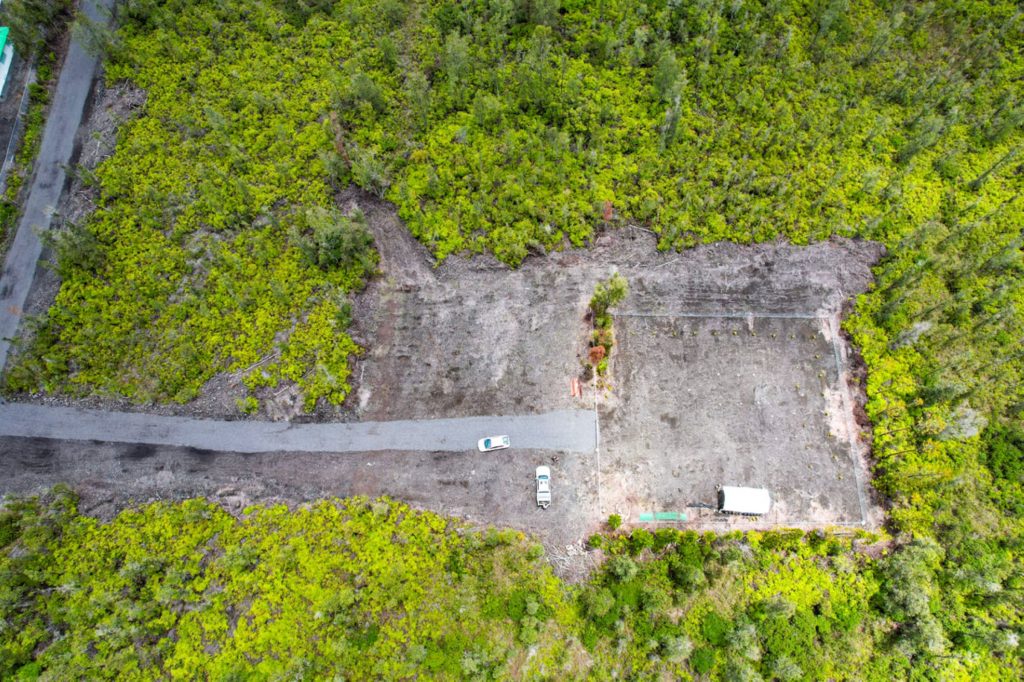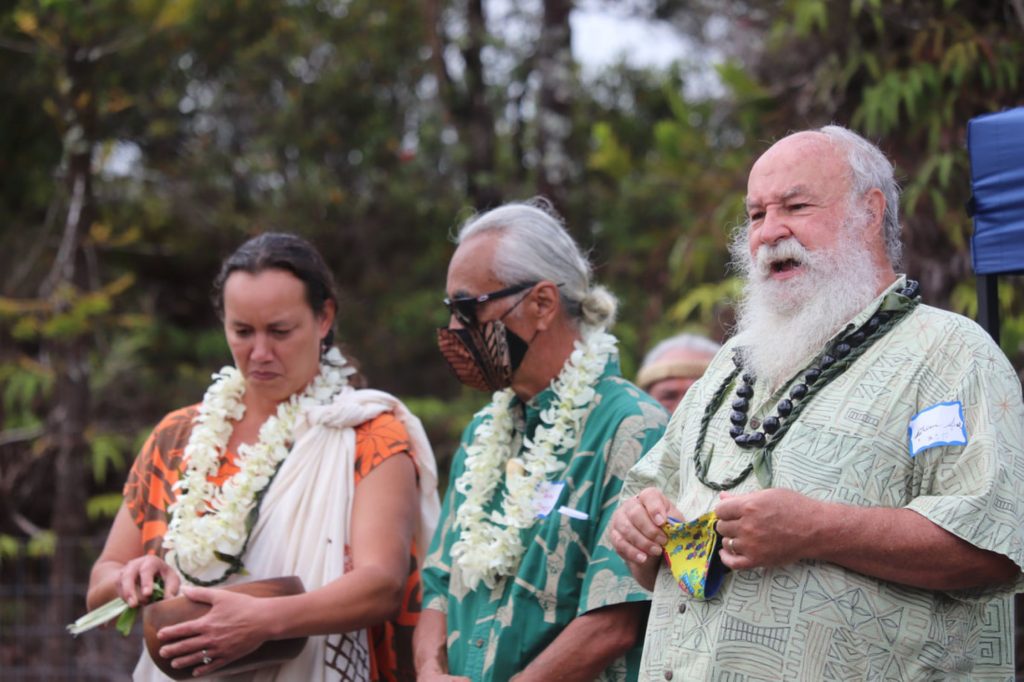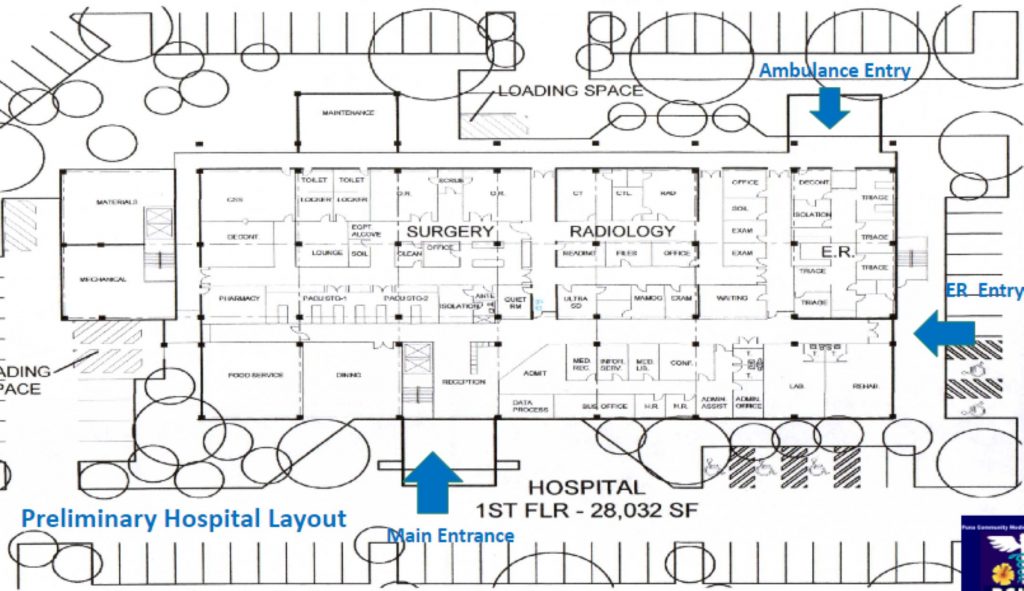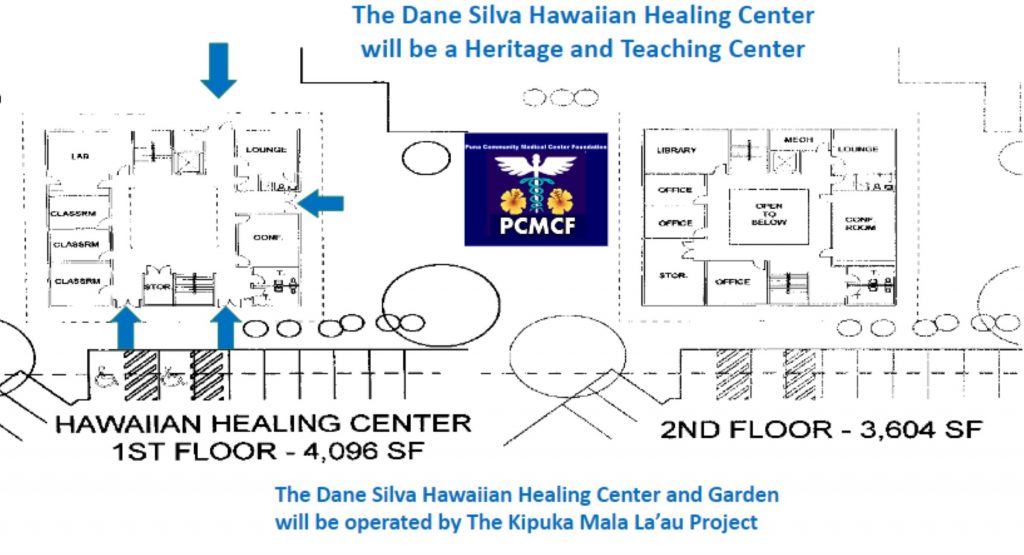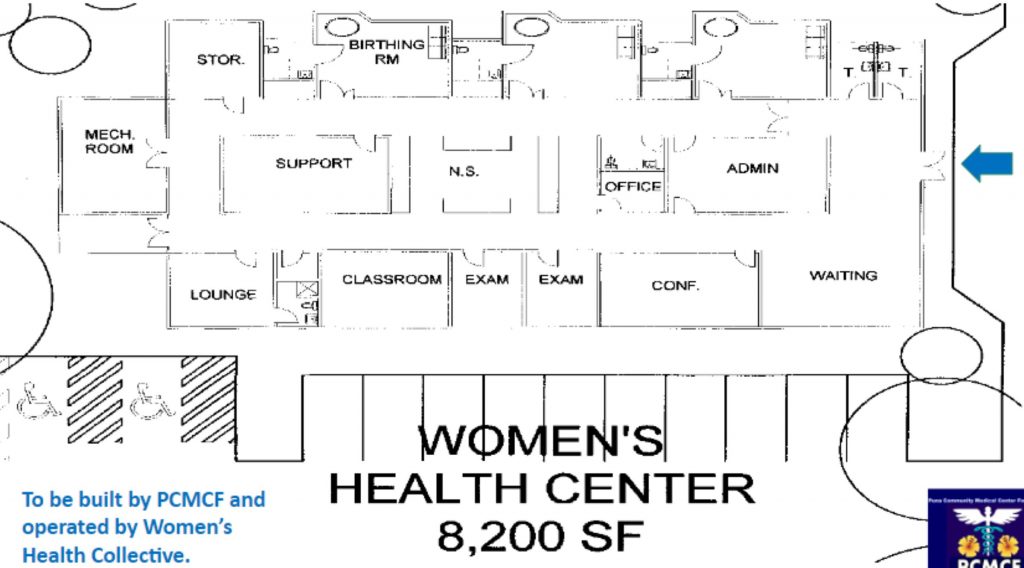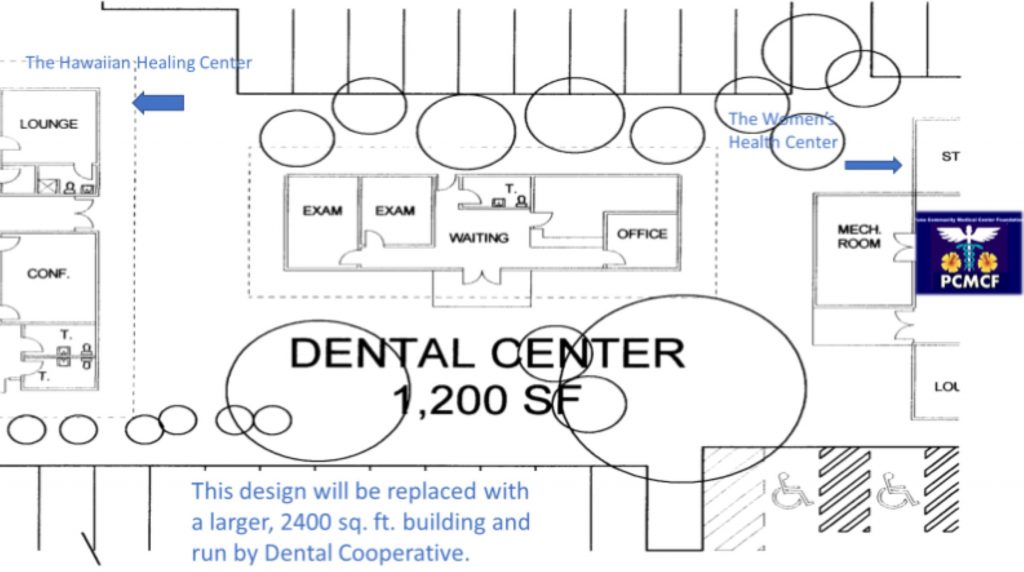New hospital, medical campus project in Puna moving forward
Residents in Kalapana Seaview Estates, one of the southernmost subdivisions in the Big Island’s Puna District, face a commute of at least an hour to get to one of the two nearest hospitals to the community.
The community is more than 70 miles, or about an hour and a half, from Kaʻū Hospital in Pāhala and more than 35 miles, or nearly an hour, from Hilo Medical Center. And that’s without an ambulance having to deal with traffic congestion on Highway 130, the only state roadway in and out of lower Puna. Traffic can even come to a complete standstill in some places, depending on the time of day.

The nonprofit Puna Community Medical Center Foundation wants to drastically shorten the time it takes for people in Seaview and everywhere else in Puna to get to emergency health care services by building a hospital in Pāhoa and hopes to break ground on the project within the next year.
With a price tag of $160 million, the two-story 25-bed facility will be part of a 5-acre campus on land leased from the Hawai‘i Department of Land and Natural Resources, about three-quarters of a mile north of Pāhoa town near the 9-mile marker on Highway 130. It will house an emergency department, radiology department, surgical department and behavioral health services.
The construction of the new hospital would cut the time it takes for people living in Puna’s southernmost subdivisions to get to an emergency room by about 24 minutes.
“We need it,” said Puna Community Medical Center Foundation President Steve Sparks. “It’s a no-brainer. If you don’t do it now, when there’s 70,000 people here, it’s going to be chaos. That’s why we started early and that’s why we’re going to keep going until it’s done.”
The Puna Community Medical Campus will also feature a women’s health center, dental clinic and The Dane Silva Hawaiian Healing Center, a two-story building that will host Hawaiian healing practices, hula, lomilomi massage and other classes. The Kipuka Garden, a Hawaiian medicinal herb garden that is phase one of the medical campus project, was started in May 2021 by the foundation and will be part of the healing center’s services.
There also will be 54 workforce housing units on campus for staff of the new facilities.
Pāhoa is only 15 miles from Seaview, which would cut the time it takes people in the community to get to an emergency room to about 24 minutes. The new hospital’s location would be ideal for all of Puna, including Kalapana, ʻOpihikao, Hawaiian Beaches, Hawaiian Paradise Park and other outlying subdivisions that also are now more than 30 minutes away from emergency care in Hilo and Pāhala.
Furthermore, the hospital and its accompanying facilities will be able to support a rapidly growing Puna. The district has seen a population increase from about 31,000 people in 2000 to nearly 52,000 in 2020, according to census data. It’s expected to top 75,000 residents within the next 6 years.
The foundation was established in 2007 to support the former Puna Community Medical Center. The medical center, which is now East Hawai‘i Health Center Pāhoa, became a department of Kaʻū Hospital and part of the East Hawai‘i Region of Hawai‘i Health Systems Corp. in 2018.

Plans for the new hospital were already underway before the clinic was purchased by Hawai‘i Health Systems. The foundation decided to retain the 5-acre parcel and a $750,000 grant from the state for the project and move forward with its planning and development.
The 2018 Kilauea eruption and the COVID-19 pandemic pushed the project back somewhat.
The foundation is now waiting to hear back from the state Land Department about extending it’s lease to include nearly 12 more acres adjacent to the 5-acre parcel where the campus will sit that will be used for wastewater infrastructure and a 2-acre solar farm that will power the medical campus.
Sparks said it likely will be at least a couple of months before the foundation hears back from the state about the lease extension for the additional land.
Once that is settled, it’s hoped ground can be broken for the new facility and site preparation, such as grading, drainage work, clearing the outside perimeter and other improvements, can begin. All of that will cost about $485,000, which will be paid for out of the grant funding from the state.
The foundation has also been working with the Hawai‘i Department of Transportation from the start of the project to develop the necessary highway access and safe integration of the complex. The Hawai‘i County Department of Water is working with the nonprofit on how to best supply the campus with water and keep the water supply safe and the Hawai‘i Department of Health has also been assisting with the project.
Hawai‘i County Department of Planning Department Director Zendo Kern has been assisting the foundation with plans for the site as well.
An August 2023 market analysis report from Maine-based health care consulting firm Stroudwater Associates found that Puna has the types of patients a smaller rural hospital like the facility the foundation will build can accommodate, representing nearly 5,900 acute days of care, or an average of 16 patients a day.
With the hospital designed to have 25 inpatient beds, not only would it be able to serve a substantial number of those patients, but it would also free up capacity at Hilo Medical Center for more acute patients.
Historically, the Hilo hospital has been the major provider of healthcare services for people in Puna.
The new medical campus also would be able to handle growing outpatient volumes in the district, expected to increase by nearly 13% during the next 5 years. The market analysis revealed that Puna patients are expected to make more than 12,300 emergency room visits in that same time frame.
The Stroudwater report added that people 65 and older represent roughly 20% of Puna’s current population. This age group, which typically uses health care services more, is projected to grow by 18.1% in the next 5 years.
Everyone will be welcome at the new hospital campus, no matter where they come from, their income or their insurance status.
“The original Puna Community Medical Center slogan was ‘Health Through Aloha,'” Sparks said. “That’s what we still believe.”
According to the Stroudwater market analysis, nearly 9% of Puna residents are uninsured and 72.3% are either commercially insured or have coverage through Medicare or Medicaid.
The health care insurance status of the other nearly 20% is unknown.
“We are going to be a community hospital,” Sparks said. “We will refuse no one.”
The report also shows that the median household income in the district is below the state median of $87,979. The median household income in Pāhoa, for example, is $47,483, or just 54% of the state average.
“We need to not have people going bankrupt because they got sick,” Sparks said.
The new medical campus also will be an economic boost for Puna.
The hospital alone will employ more than 200 people, including 14 doctors, more than 50 nurses and physician assistants, at least two lab technicians, two rehabilitation specialists and four administrators, among others. The women’s health center, dental clinic and Dane Silva Hawaiian Healing Center will employ at least another 20 people.
The campus is expected to generate an estimated $20 million in annual revenue.
The hospital and its accompanying health services would pay for themselves in less than a decade.
The foundation is now in the process of seeking the additional funding necessary to complete the project, including nearly $11 million to complete the design and infrastructure for all of the buildings. It also needs about $156,000 annually to fund its own operations and future staff, which will include a chief executive officer and supporting personnel.
There also are other needs the community has pointed out that will likely be added to the project, including possible mental health services, short-stay beds as needed and dialysis services, which will only add to the cost.
With the state grant and another $35,000 from Hawai‘i County, the foundation is starting with nearly $800,000. It is now reaching out to the Puna community and others, including state and national legislators who support the project, to come on board to help raise the rest of the necessary funding.
The foundation is hosting community meetings about every 4 months to update the public about the project, gather input and gain more support. The organization’s 13-member board has patience and is optimistic everything will come together for what will be a community-built and funded medical campus.
Sparks said the Puna community wants a hospital, but it often doesn’t feel like it deserves one. That mentality has been common throughout the district for years: “Puna has a problem with getting services, so unless we do it ourselves, we’re just not going to have them.”
The people of Puna don’t just deserve services, Sparks added, they deserve those that are helpful where they are.
With the expected population boom coming, time is of the essence: “We need to get this up and running in the next five years,” Sparks said.
For more information about the project or to help, visit the Puna Community Medical Center Foundation website or email to thePCMCF@gmail.com. You can also call Sparks at 808-965-7061 or email him at asinsparks@gmail.com.
Sponsored Content
Comments




